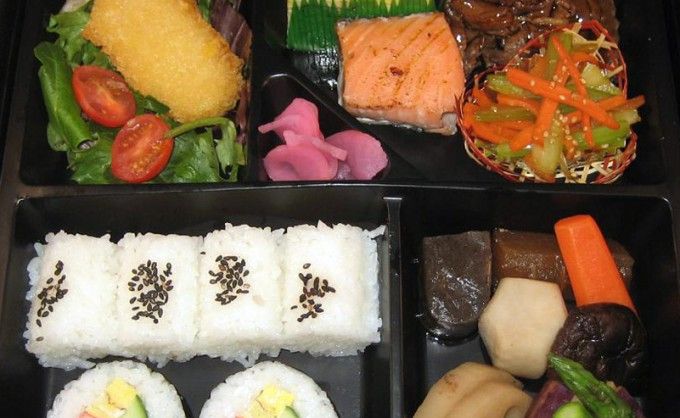
A Japanese “pop-up” bar installed right in Grand Central Terminal’s Vanderbilt Hall. Three sake sommeliers along with a sake samurai serving up 90 kinds of jizake (handcrafted rice wine) prized across Japan and painstakingly produced by small batch regional brewers. Yours sold in flights of five for $25!
This is your glimpse into how this year’s Japan Week (March 19-21) will be shaping up. Occurring in conjunction with Grand Central Terminal’s centennial celebration and other Japanese cultural highlights like geisha face painting, and kimono shows, here are two must-experience “on-the-go” food and drink offerings.
Tachinomiya
“The tachinomiya, or standing bar, a long tradition in Japan, typically features a wide range of sake and shochu, especially in large cities like Tokyo where it is common for business commuters to have a quick drink prior to boarding a train home,” says Yuki Tanaka, Executive Director, Japan National Tourism Organization (JNTO). “New Yorkers will have an authentic taste of this phenomenon with a dazzling selection of fine sakes from 9 Japanese prefectures (provinces)".
Ekiben
Ekiben are bento box meals specifically sold in railway stations throughout Japan. What makes them stand out is their unique fresh regional ingredients at an average price of $10. Sampling these boxes will effectively serve as a culinary tour of Japan’s diverse regions.
Some train stations are so famous for their ekiben that people go out of their way to visit that station just for the food. Examples include Toyama prefecture, known for its Masu no Sushi (Salmon trout sushi) first created in 1717. This ekiben offers a layer of vinegar-marinated rice topped with thin layers of salted rainbow trout on the top. Bamboo leaves are laid on the bottom to preserve the color and flavor of these natural ingredients.
60 miles north of Tokyo, the Gunma prefecture is renowned for its two two popular ekiben: Toge no Kamameshi and Joshu no Asagayu. Toge no Kamameshi is a rice bowl prepared in a large earthen pot (keeps ingredients hot) while Joshu no Asagayu, a low calorie rice porridge commonly eaten when you are sick or hung over is usually served in the morning.














